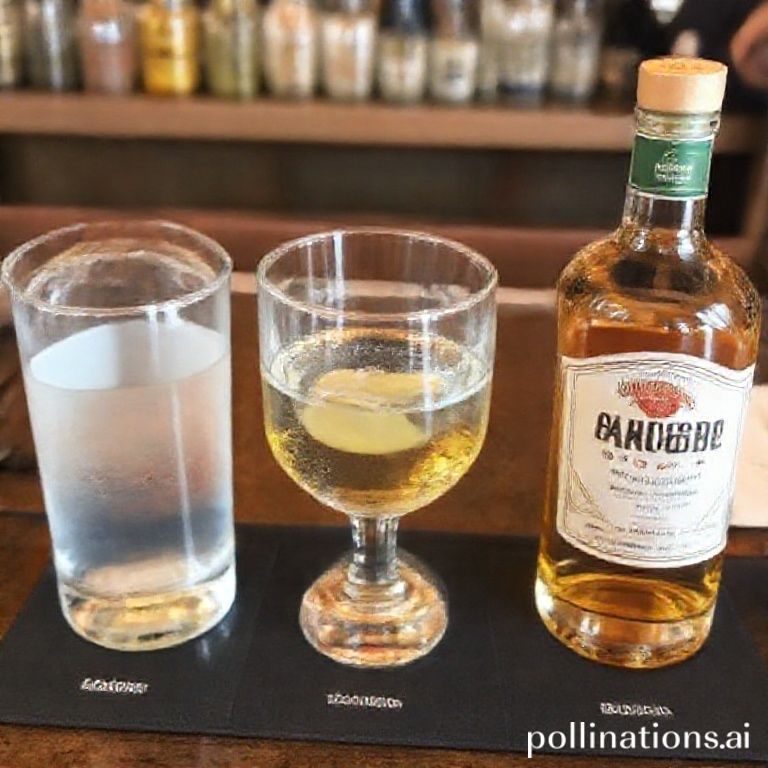Tequila, Mexico’s most famous spirit, is more than just a party drink. It’s a complex and nuanced beverage with a rich history and a variety of expressions. Understanding the different types of tequila and how to properly taste them can unlock a whole new world of flavor and appreciation for this iconic spirit. From the crisp, clean notes of Blanco to the oaky, aged character of Añejo, each tequila offers a unique sensory experience. So, grab your glass, prepare your palate, and let’s embark on a journey into the art of tasting tequila.
This guide will explore the fundamental aspects of tequila tasting, focusing on three primary categories: Blanco, Reposado, and Añejo. We’ll delve into the characteristics of each type, providing you with the knowledge and techniques to fully appreciate the craftsmanship and dedication that goes into every bottle of tequila. Whether you’re a seasoned aficionado or a curious newcomer, prepare to elevate your tequila experience!
Understanding the Different Types of Tequila
Before you can truly appreciate the art of tasting tequila, it’s crucial to understand the different categories. These categories are primarily defined by the aging process, which significantly impacts the flavor profile.
Blanco (Silver or Plata)
Blanco tequila, also known as Silver or Plata, is typically bottled immediately or shortly after distillation. This means it retains the purest expression of the agave plant. Expect bright, vibrant flavors with notes of citrus, pepper, and herbaceous undertones. Blanco tequila is often the preferred choice for cocktails as its fresh character shines through.
Reposado (Rested)
Reposado tequila is aged in oak barrels for a period of two months to just under a year. This aging process imparts a subtle golden hue and introduces notes of vanilla, caramel, and spice. Reposado tequilas offer a balance between the agave’s inherent flavors and the influence of the oak, making them enjoyable both neat and in cocktails.
Añejo (Aged)
Añejo tequila is aged in oak barrels for one to three years. The extended aging results in a darker amber color and a richer, more complex flavor profile. Expect prominent notes of oak, vanilla, caramel, and dried fruit. Añejo tequilas are typically enjoyed neat or with a single ice cube, allowing the nuances of the aging process to fully express themselves.
The Tequila Tasting Process: A Step-by-Step Guide
Now that you understand the different types of tequila, let’s move on to the tasting process itself. Follow these steps to enhance your sensory experience:
Preparation is Key
- Choose the Right Glass: A tulip-shaped glass or a small snifter is ideal for concentrating the aromas.
- Temperature Matters: Tequila should be served at room temperature to allow the flavors to fully develop.
- Cleanse Your Palate: Start with a sip of water to cleanse your palate and prepare your taste buds.
The Visual Inspection
Pour a small amount of tequila into your glass and observe its color and clarity. Blanco tequilas should be crystal clear, while Reposado and Añejo tequilas will range from pale gold to deep amber, depending on their age.
The Aromatic Journey
Gently swirl the tequila in your glass to release its aromas. Bring the glass to your nose and inhale deeply. Try to identify the different scents that you detect. Are there notes of agave, citrus, vanilla, spice, or oak? Make a mental note of your observations.
The Taste Test
Take a small sip of tequila and let it coat your tongue. Pay attention to the different flavors that emerge. Note the initial impact, the mid-palate, and the finish. Is the tequila smooth, spicy, sweet, or bitter? How long does the flavor linger?
The Art of Pairing
Consider pairing your tequila with complementary foods to enhance the tasting experience. Blanco tequila pairs well with citrusy dishes and seafood, while Reposado and Añejo tequilas complement richer, more savory flavors like grilled meats and aged cheeses.
Conclusion
The art of tasting tequila is a journey of discovery, a chance to explore the rich history and craftsmanship that goes into every bottle. By understanding the different types of tequila and following the steps outlined in this guide, you can elevate your appreciation for this iconic spirit and unlock a whole new world of flavor. So, take your time, savor each sip, and enjoy the unique sensory experience that tequila has to offer. Cheers to the spirit of Mexico!
If you enjoyed this article, don’t forget to explore more inspiring stories on Life in Mexico!
IMAGE: A well-lit, close-up studio shot of three tequila glasses filled with Blanco, Reposado, and Añejo tequila, respectively. The Blanco is crystal clear, the Reposado has a light golden hue, and the Añejo is a rich amber color. Arrange the glasses on a dark wooden surface. In the background, subtly include agave plants and aged oak barrels to suggest the tequila-making process. The mood should be sophisticated and inviting. Style: Fine art photography.


